Description
Chapter 01 – Scope of Medical-Surgical Nursing
1. Questions
1.ID: 4615463668
The nurse has recently been assigned to a medical-surgical clinical rotation.
According to the scope of medical-surgical nursing, what type of client
assignments does the nurse expect to see?
A. Hospitalized children with acute and chronic illnesses
B. Hospitalized adults with acute and chronic illnesses Correct
C. Older adults in a nursing home
D. Working adults in a corporate setting
The scope of medical-surgical nursing, sometimes called adult health nursing, is
to promote health and prevent illness or injury in clients from 18 to 100 years of
age or older. The most common practice setting is the acute care hospital.
Hospitalized children with acute and chronic illnesses are commonly seen in
pediatric nursing. Older adults in a nursing home are commonly seen in geriatric
nursing. Working adults in a corporate setting are commonly seen by
occupational health nurses.
Awarded 1.0 points out of 1.0 possible points.
2.ID: 4615463662
The nursing student has been assigned to the hospital’s Rapid Response Team
(RRT). Which statement by the student indicates a correct understanding of the
RRT member’s purpose?
A. “I will be caring for clients in the hospital.” Correct
B. “I will be riding along in the hospital’s ambulance.”
C. “I will be admitting clients to the hospital.”
D. “I will be observing Code Blue resuscitations.”
Members of the RRT are critical care experts who are on site in the hospital and
are available at any time. The RRT does not ride along in the ambulance; it is
hospital-based. RRT members do not admit clients to the hospital. They do not
replace the code team—they often precede it.
Awarded 1.0 points out of 1.0 possible points.
3.ID: 4615463648
The nurse is working in the intensive care unit. When does the nurse call the
Rapid Response Team (RRT)?
A. An 87-year-old client awakens mildly confused, then reorients
quickly.
B. A newly admitted client requests pain medication.
C. A postoperative client’s dressing has mild bloody drainage.
D. A postoperative client’s blood pressure suddenly drops. Correct
The RRT should be called whenever a client has a slow or sudden deterioration
in clinical condition, such as a sudden drop in blood pressure. The older adult
client awakening in a confused state and then reorienting can be a normal
occurrence because of the client’s age. Pain medication should be indicated in
the health care provider’s prescription. If it is not, the admitting health care
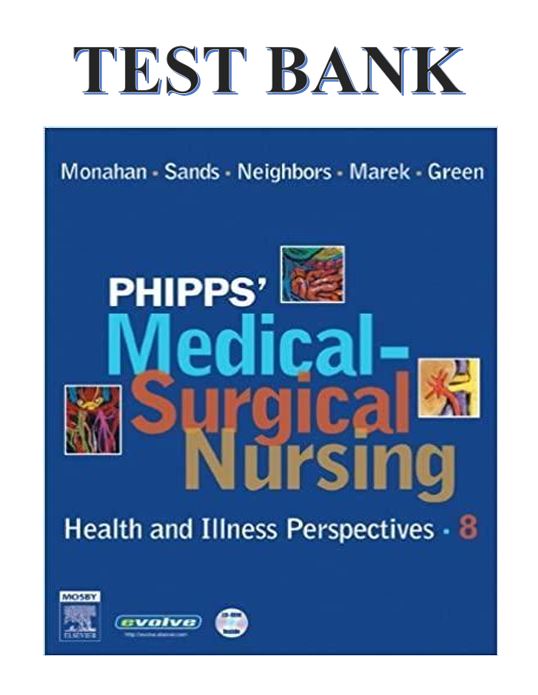
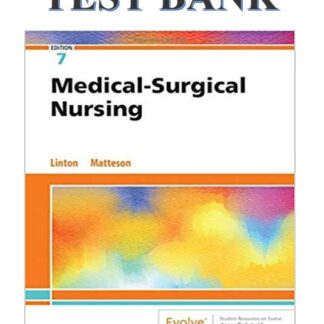
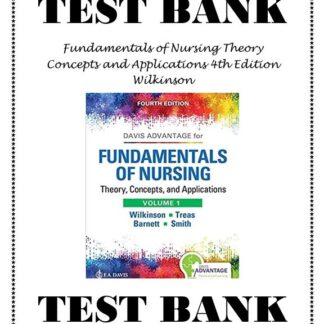
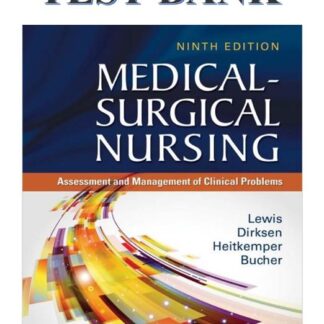
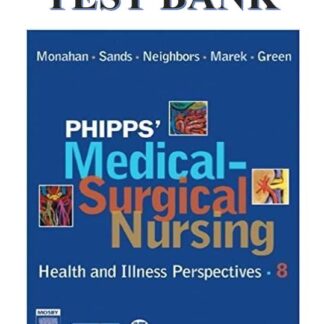
Reviews
There are no reviews yet.